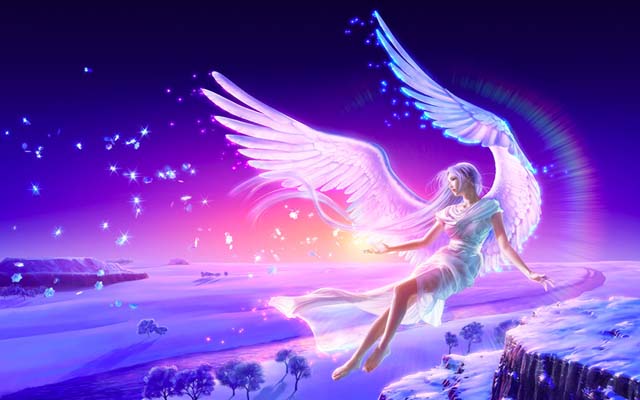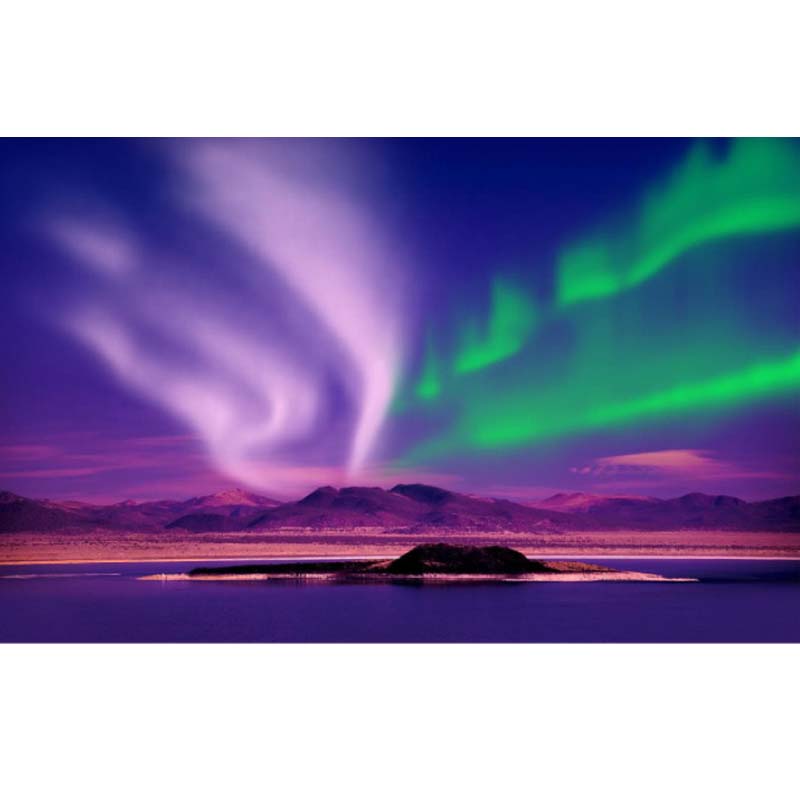The Aurora phenomenon, when seen in the Arctic or Northern Hemisphere, is known as the Northern Lights or Aurora Borealis, and those seen in the Antarctic or Southern Hemisphere are called the Southern Lights or Aurora Australis.
Auroras are colorful displays of lights resulting from collisions between the gaseous particles in the Earth’s atmosphere with electrically charged particles released from the sun that enter the earth’s atmosphere. These collisions emit the dancing lights of many colors of the north and south magnetic poles.
Although Aurora appears in many colors, the colors pale green (collision with oxygen gases) and pink (collision with nitrogen gases) are the most common. Shades of red, yellow and violet appear in many forms from patches or scattered clouds of light, to streamers, arcs, rippling curtains or rays that light up the night sky extending from 80 kilometers to as high as 640 kilometers above the earth’s surface.
The chances of viewing the Aurora are best at places with latitudes above 55 degrees North, about the same latitude as the Arctic Circle. Countries like Iceland, the far northern parts of Norway, Sweden, Finland, northwestern part of Canada and Alaska are the best places to watch for the Aurora. They are best viewed away from urban settings, far from the bright lights of the city that obscure the expanse of the sky as stage for the Aurora shows.
The long periods of darkness and the frequency of clear nights during winter and springtime in the Arctic Circle provide many good opportunities to watch the Auroral display.
October, March and April are the best months for Aurora viewing, between 10 p.m. to 2 a.m. are typically the best time. Active periods are typically about 30 minutes and occur every two hours if the activity is high.
It’s obvious that one will be out in the freezing temperature for a long time while waiting for the Aurora to appear, so adequate winter clothing is a must.
The Aurora is a sporadic phenomenon, occurring randomly for short periods or perhaps not at all. “Chasing the Northern Lights” has become the popular phrase to describe people’s willingness to suffer freezing temperatures and disappointments during periods of “no shows” just to get a glimpse of the ephemeral show offered by the skies.

Who is Kagaya?
Born in 1968, Kagaya Yutaka is a Japanese digital artist known for painting elaborately detailed and spectacularly colored images. He created artworks relating to the universe including CG animation pictures, digital prints, posters, illustrations for astronomical books and magazines.
As a student, he became immensely interested in the use of computers even while he wished to become either an astronomer or an illustrator. He was able to hone his skills and produced spectacular works now known around the world.
The main themes of his work are the universe, the blue planet and humankind’s dreams and yearnings as a part of the universe. His artistry and scientific accuracy enable him to embody the beauty that integrates all the elements of the universe. His pictures and artworks of constellations and astronomical objects has appeared in specialized astronomy books and monthly magazines.
His “The Celestial Railroad” series was created in 2003 and was inspired by an immortal literary work, ‘Night of the Milky Way Train’ written by Kenji Miyazawa and published into a book of paintings called “Starry Tales.”
The planetarium show “The Celestial Railroad” reached a million viewers in Japan in 2010 and was translated into Chinese and gained great popularity in China.
Following the success of “The Celestial Railroad,” he produced the show “Tale of the Stars: Eternal Shine” with musician Himekami and artist Takaki only for 3-D planetariums.
For his outstanding contribution to astronomy and art, he received a special honor – the star 11949 was named “Kagaya Yutaka” in his honor.
